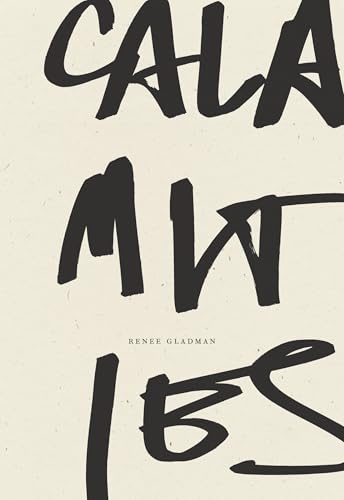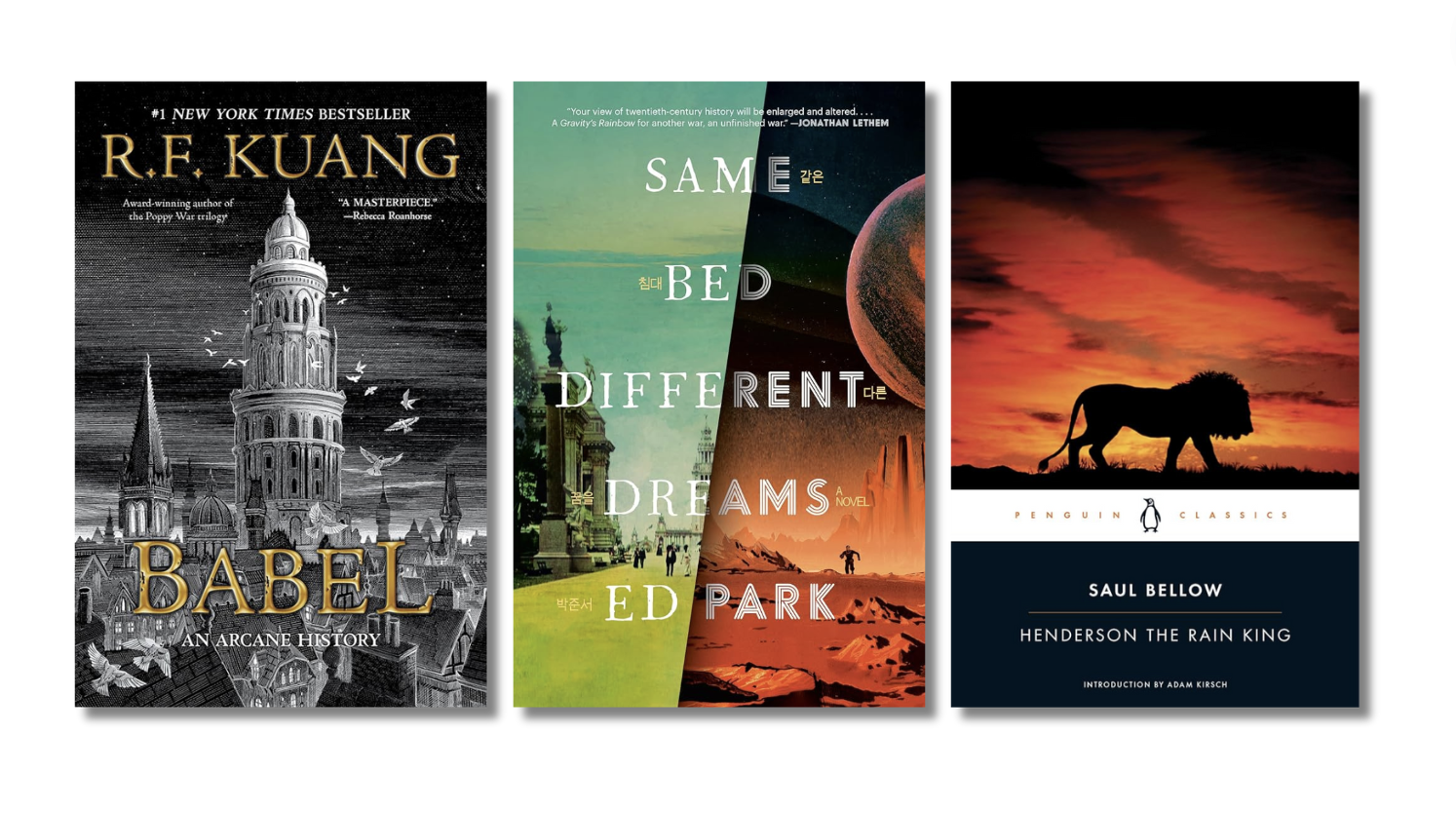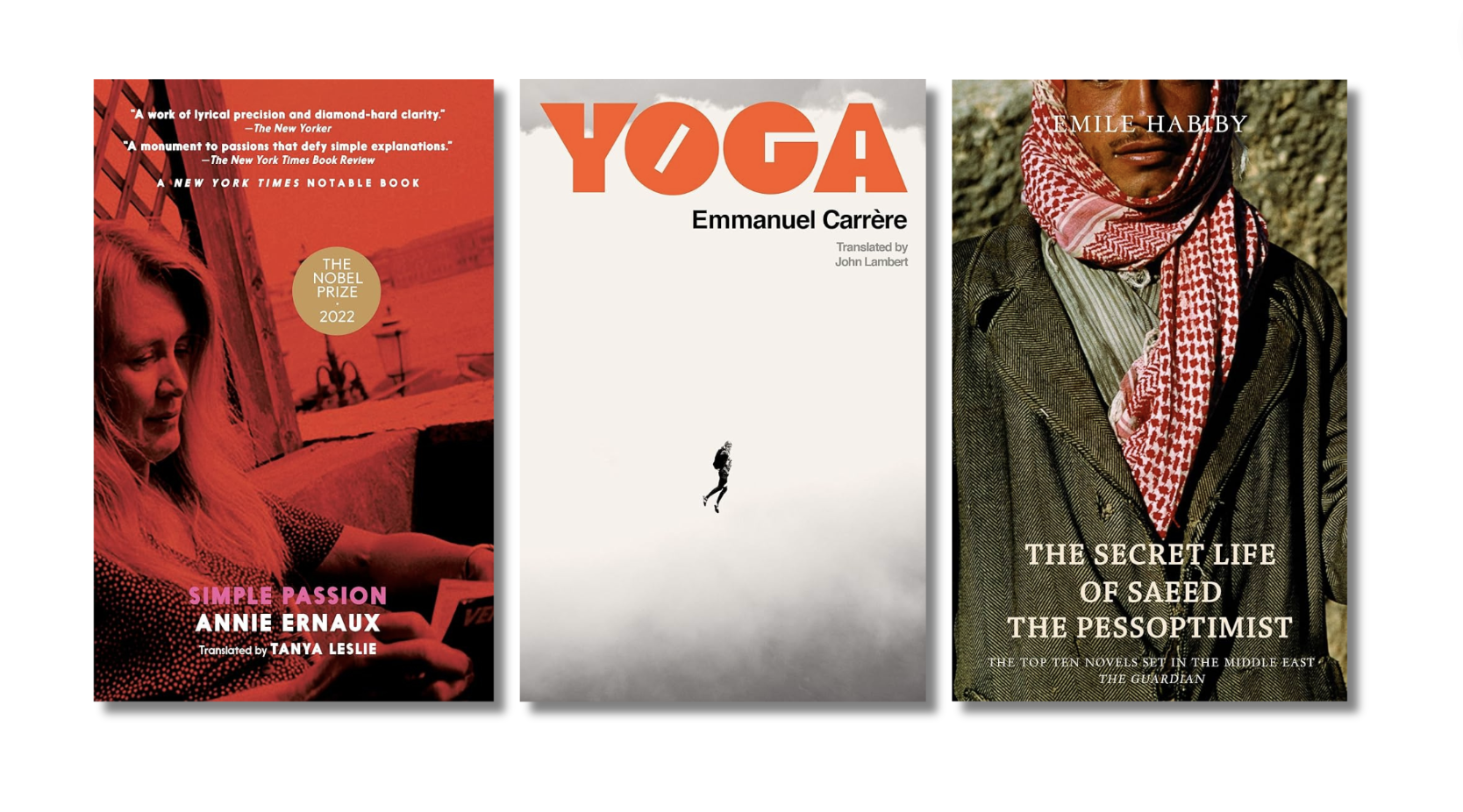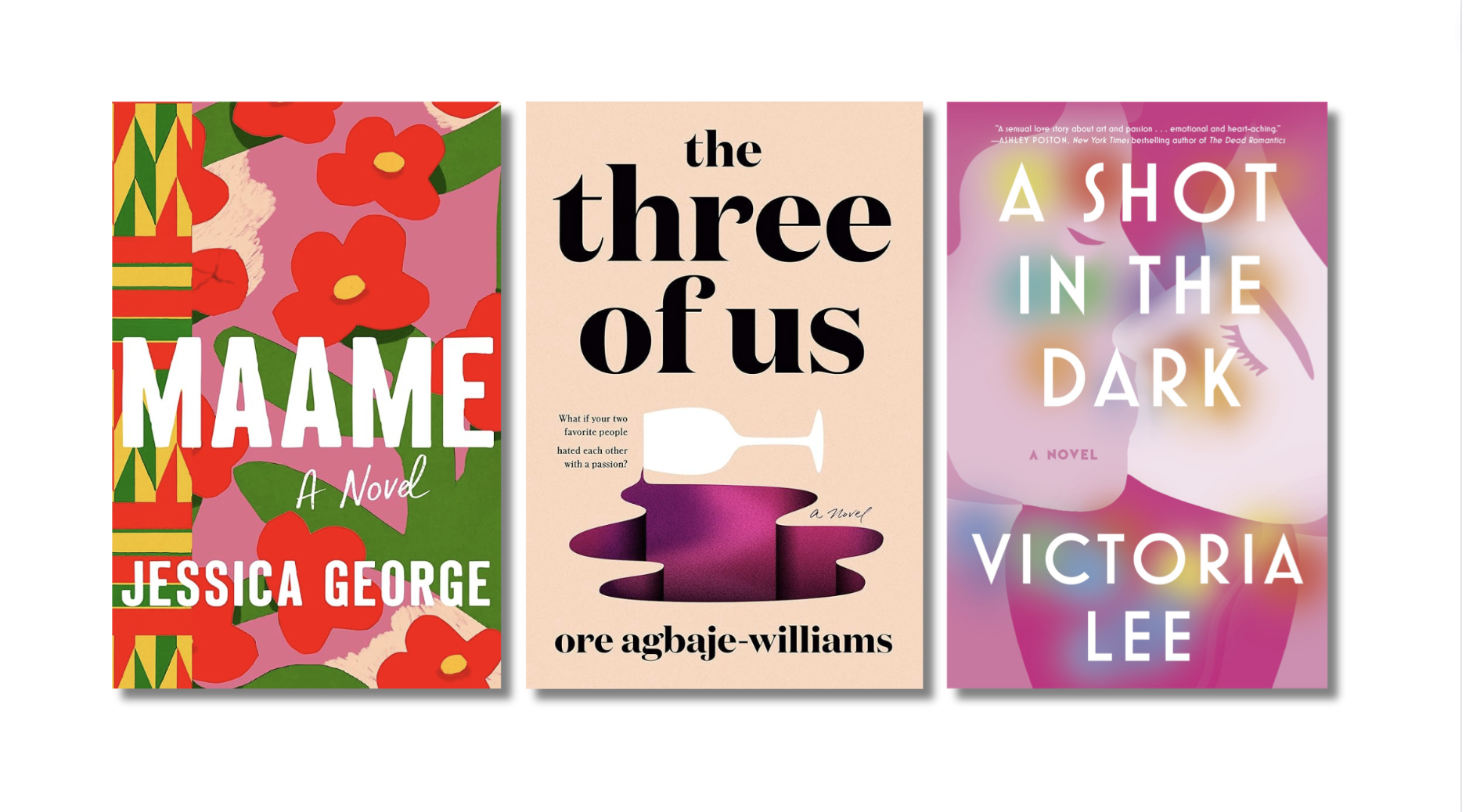

 This was a year of books of marvelous disappearance. I began with Bartleby & Co. by Enrique Vila-Matas, translated by Jonathan Dunne: a catalogue of vanished writers that is also a paradoxical and seductive manifesto for the “literature of the No.” I read Haytham El-Wardany’s How to Disappear, translated by Jennifer Peterson and Robin Moger: a sustained immersion in sonic detail, in the endless sound of the city, that uses the form of a self-help book to explore alienation and failure. That probably sounds depressing, but in fact it’s exhilarating! So is Joanna Walsh’s Hotel, a small dense meteorite of a book about disappearing from home, womanhood, and even language. So is Dodie Bellamy’s essay collection When the Sick Rule the World, in which entire neighborhoods have vanished.
This was a year of books of marvelous disappearance. I began with Bartleby & Co. by Enrique Vila-Matas, translated by Jonathan Dunne: a catalogue of vanished writers that is also a paradoxical and seductive manifesto for the “literature of the No.” I read Haytham El-Wardany’s How to Disappear, translated by Jennifer Peterson and Robin Moger: a sustained immersion in sonic detail, in the endless sound of the city, that uses the form of a self-help book to explore alienation and failure. That probably sounds depressing, but in fact it’s exhilarating! So is Joanna Walsh’s Hotel, a small dense meteorite of a book about disappearing from home, womanhood, and even language. So is Dodie Bellamy’s essay collection When the Sick Rule the World, in which entire neighborhoods have vanished.

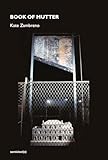
 An uncanny year. I read, for the first time, Renata Adler’s Pitch Dark, with its wonderfully creepy long central chapter, the narrator escaping — from what, she doesn’t exactly know — across a dark Irish landscape that hums with paranoia. I reread Alain-Fournier’s The Wanderer in the old Françoise Delisle translation, which I think is supposed to be a bad translation, but I really love it: that weird children’s party, the simultaneous sense of carnival and threat, and then, of course, the disappearance, the lost love. I was privileged to read, in advance of publication, Kate Zambreno’s incredibly tender Book of Mutter, forthcoming from Semiotext(e) in 2017: a book about art and grief and how both create strange loops in time. I read Renee Gladman’s Calamities, which is really about appearance, not disappearance — the appearance of writing, the appearance of drawing — but still has a profoundly ghostly feel. It’s like a book of spells: so focused on the desire to conjure something, it becomes the song of what isn’t there.
An uncanny year. I read, for the first time, Renata Adler’s Pitch Dark, with its wonderfully creepy long central chapter, the narrator escaping — from what, she doesn’t exactly know — across a dark Irish landscape that hums with paranoia. I reread Alain-Fournier’s The Wanderer in the old Françoise Delisle translation, which I think is supposed to be a bad translation, but I really love it: that weird children’s party, the simultaneous sense of carnival and threat, and then, of course, the disappearance, the lost love. I was privileged to read, in advance of publication, Kate Zambreno’s incredibly tender Book of Mutter, forthcoming from Semiotext(e) in 2017: a book about art and grief and how both create strange loops in time. I read Renee Gladman’s Calamities, which is really about appearance, not disappearance — the appearance of writing, the appearance of drawing — but still has a profoundly ghostly feel. It’s like a book of spells: so focused on the desire to conjure something, it becomes the song of what isn’t there.

 I read, for the first time, Roland Barthes’s lectures on The Neutral, translated by Rosalind E. Krauss and Denis Hollier. How fantastic to think about a kind of disappearance that isn’t negative, but bubbles up like champagne foam! I read again, because I can’t stop reading it, Bhanu Kapil’s lush and harrowing Ban en Banlieue, in which a girl stops, evanesces, lies down on a sidewalk forever. I read Ashon Crawley’s Blackpentecostal Breath: The Aesthetics of Possibility, which is about being sent, transported, about black church practices that cannot be owned but only collectively produced, that must be given away. This too is a kind of disappearance: an ecstatic dissolving of the subject so that a collectivity can come into being. In the communal shout, in the moan, one is no longer one but part of “an unbroken circle, a critical sociality of intense feeling.”
I read, for the first time, Roland Barthes’s lectures on The Neutral, translated by Rosalind E. Krauss and Denis Hollier. How fantastic to think about a kind of disappearance that isn’t negative, but bubbles up like champagne foam! I read again, because I can’t stop reading it, Bhanu Kapil’s lush and harrowing Ban en Banlieue, in which a girl stops, evanesces, lies down on a sidewalk forever. I read Ashon Crawley’s Blackpentecostal Breath: The Aesthetics of Possibility, which is about being sent, transported, about black church practices that cannot be owned but only collectively produced, that must be given away. This too is a kind of disappearance: an ecstatic dissolving of the subject so that a collectivity can come into being. In the communal shout, in the moan, one is no longer one but part of “an unbroken circle, a critical sociality of intense feeling.”
More from A Year in Reading 2016
Don’t miss: A Year in Reading 2015, 2014, 2013, 2012, 2011, 2010, 2009, 2008, 2007, 2006, 2005

